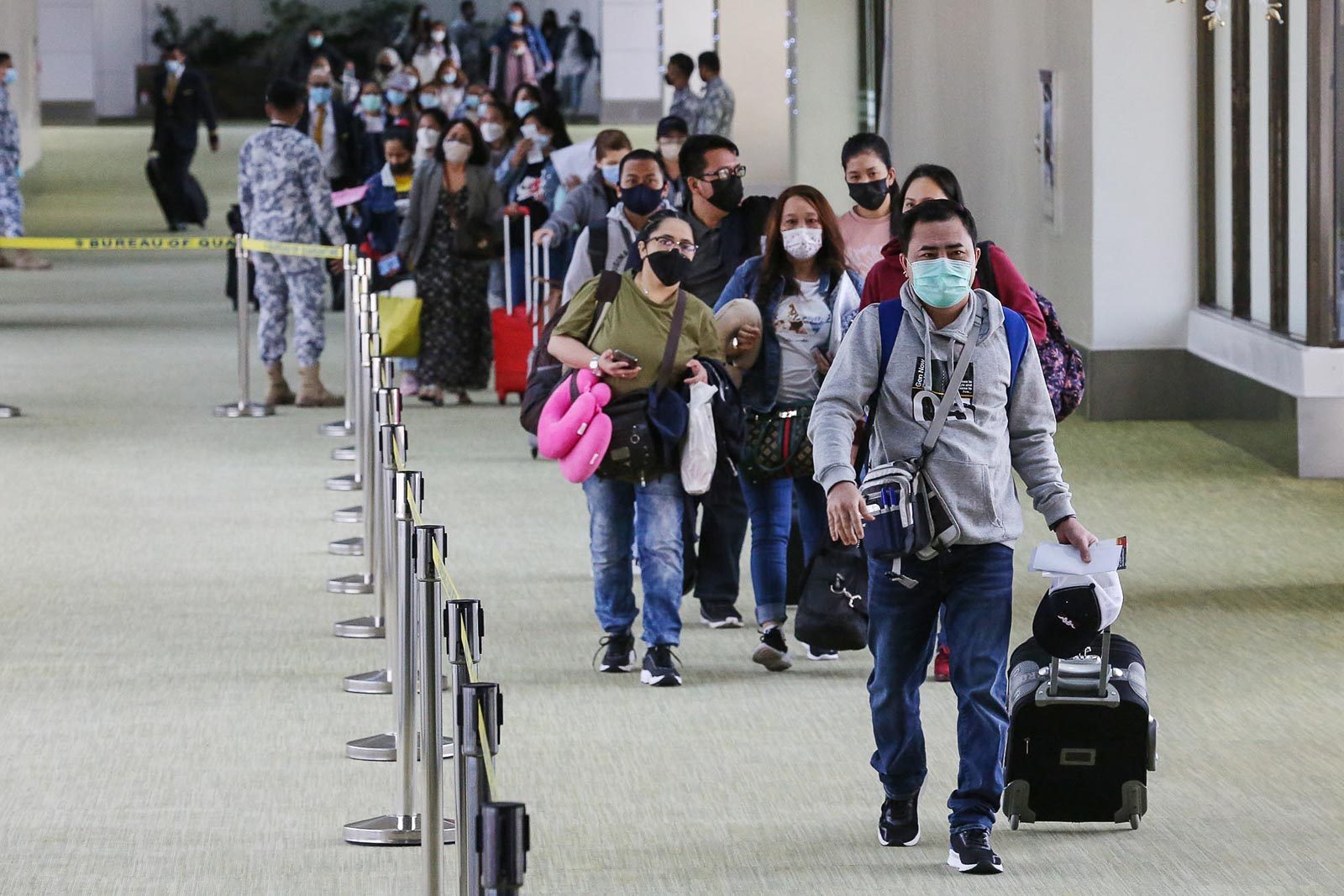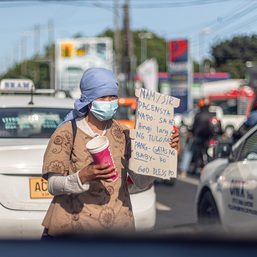SUMMARY
This is AI generated summarization, which may have errors. For context, always refer to the full article.

MANILA, Philippines – Around one in five or 17% of adult Filipinos aspire to live in a different country, a recent Social Weather Stations (SWS) survey found.
In the survey conducted December 10 to 14, 2022, the SWS noted that 7% of Filipino households had an overseas Filipino worker (OFW).
Of these, 75% said their OFWs often send them money, 17% said they sometimes send money, 5% said the OFWs seldom gave money, while 3% said they never send remittances.
Latest data from the Philippine Statistics Authority (PSA) show there were 1.83 million OFWs around the world as of September 2021.
While 17% aspired to work abroad, around 7% were looking for work abroad, the SWS survey revealed.
Among the Filipinos currently looking for jobs abroad, the top country where Filipinos said they aspired to work in was Canada. This was followed by Saudi Arabia, Kuwait, United Arab Emirates, Japan, Qatar, and then the US.
The PSA defines an overseas worker as a household member currently out of the country due to overseas employment. He or she may also be presently at home on vacation, but has an existing overseas job to return to. Immigrants are not included.

In 2022, OFW remittances hit a new all-time high as their families back home coped with inflation. (READ: ‘Gone in a snap’: OFW families bear brunt of weak peso)
The Bangko Sentral ng Pilipinas announced in February that personal cash remittances grew 3.6% to $36.14 billion in 2022, or around P2.01 trillion.
While OFWs greatly contribute to the economy, experts and advocates continue to flag the social costs that come with labor migration, especially for the mothers who choose to go abroad.
According to the PSA, majority of OFWs are women, as of 2021.
– Rappler.com
P55.75 = $1 in end-December 2022
Add a comment
How does this make you feel?






There are no comments yet. Add your comment to start the conversation.